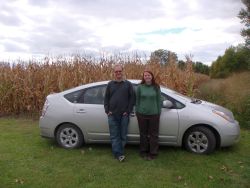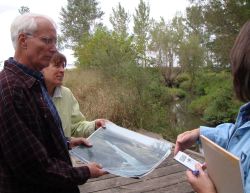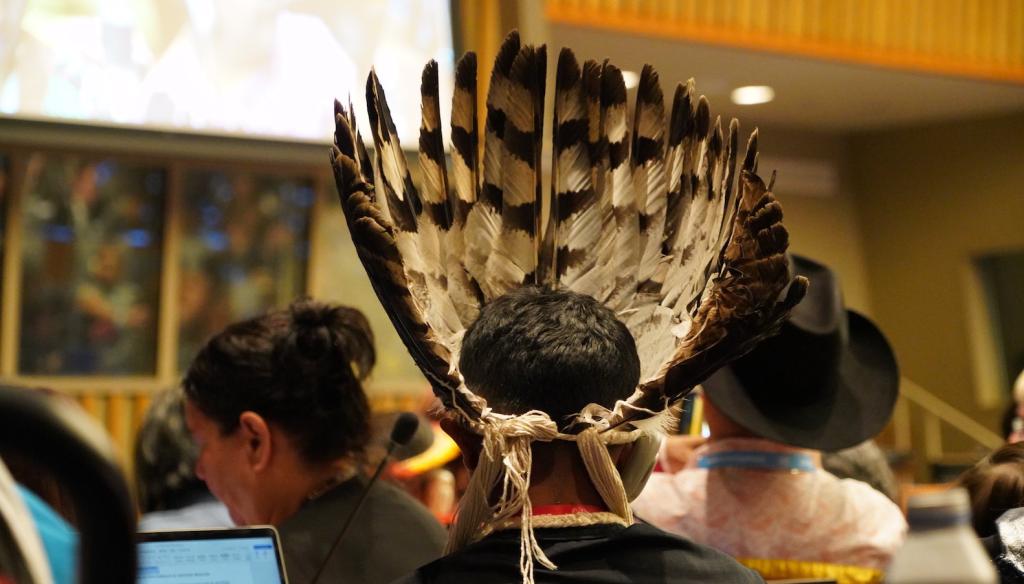
This is a guest post by my travel partner, Todd Dwyer, head blogger for Dell’s ReGeneration.org, where this post originally appeared.
—–
I have a shocking piece of news for you. You may want to sit down for this: Agriculture is big business in Iowa.
 Did I say “big?” Maybe that’s an understatement. Of the state’s 35 million acres, 31 million are used for agricultural purposes, and Iowa stands amongst the world’s most altered land in the world.
Did I say “big?” Maybe that’s an understatement. Of the state’s 35 million acres, 31 million are used for agricultural purposes, and Iowa stands amongst the world’s most altered land in the world.
What was once described by our forefathers as an ocean of tall grass and prairie land is now almost entirely made up of row after row of corn, soybeans, and a slew of other crops. So much grain is produced in Iowa that it alone could be used to feed the United States and there will still be enough leftover for export. So yeah. Big.
This tremendous use of the land for farming is helping to keep the world fed, but it has not come without a cost. Over time, the people of Iowa started noticing a decline in their water quality from all the agricultural runoff making its way into their streams and rivers (and eventually into the Gulf of Mexico).

To remedy this, the Iowa Groundwater Protection Act was passed by the state’s government in 1987, and along with that legislation, Iowa State University’s Leopold Center for Sustainable Agriculture was born. The Center’s mission was to identify and reduce the negative environmental and social impacts of farming, to develop better methods of farming that help protect the environment, and to share what they learn with the public.
 Among the projects started by the Center to protect and improve the state’s water supply was the Bear Creek project. Located just outside of Ames, the project aims to build and design buffers that filter agricultural runoff from the crops to the streams as well as increase biomass in the area so that it can be a more stable home for local wildlife. They are also working on increasing biomass in the area to find a more sustainable means to produce and harvest cellulosic biofuels.
Among the projects started by the Center to protect and improve the state’s water supply was the Bear Creek project. Located just outside of Ames, the project aims to build and design buffers that filter agricultural runoff from the crops to the streams as well as increase biomass in the area so that it can be a more stable home for local wildlife. They are also working on increasing biomass in the area to find a more sustainable means to produce and harvest cellulosic biofuels.
Sarah and I caught up with a few of the key players in this project and had a chance to talk to them about the Leopold Center and the good work they’ve done for Bear Creek. Below, video of some highlights from that conversation:
Chief among the Leopold Center’s goals, Jeri Neal explained, is to discover agricultural methods that allow the system to renew itself. Nature already knows how to do that. The challenge is to find a way to do our agricultural work that allows nature to do what comes, well, naturally. Instead of looking at each individual piece of the challenge separately, the Center seeks to find the big question that ties every piece together. We love this holistic approach to sustainability and wish the team much success on their future ventures.
So long, Leopold Center, and thanks for all the corn!
